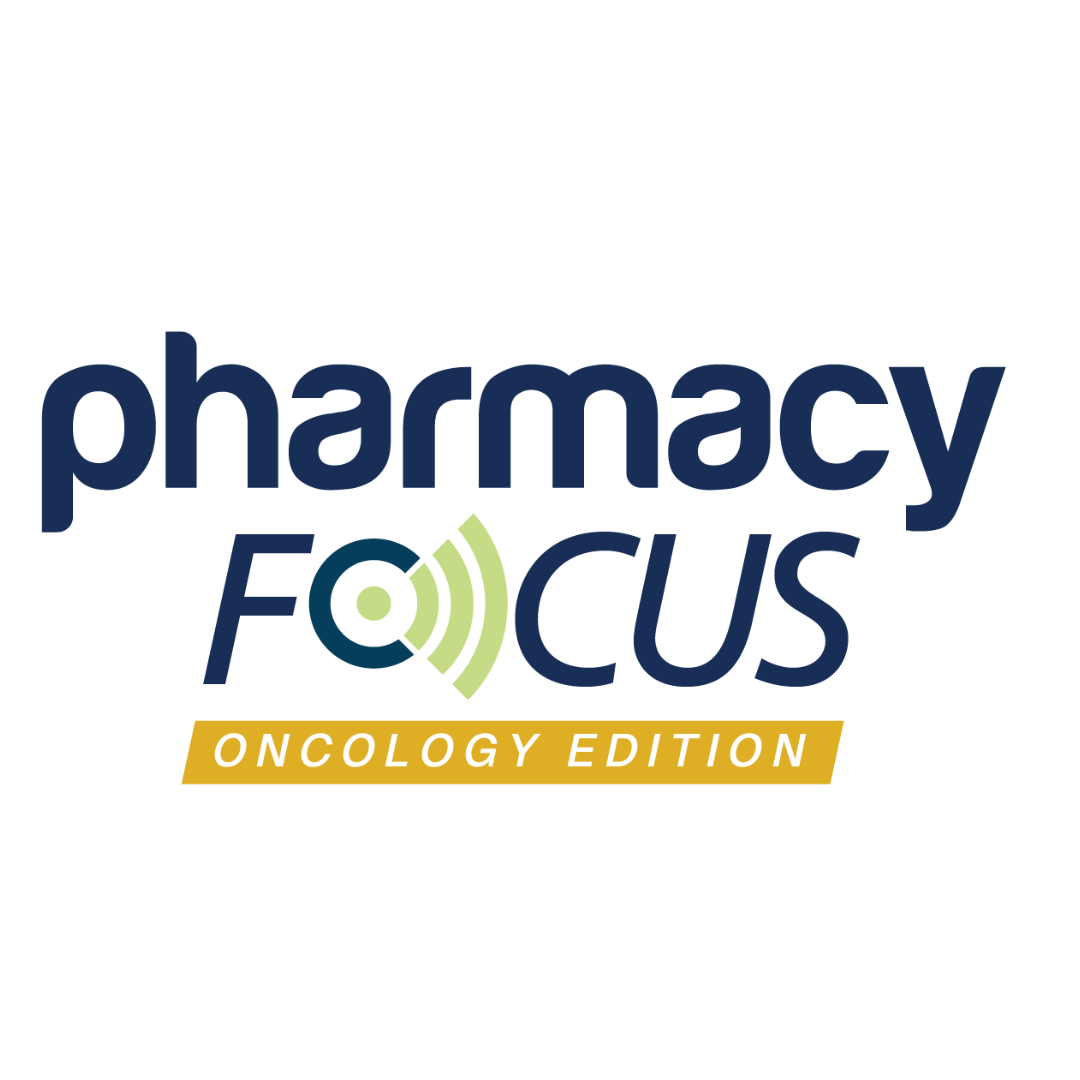Article
Mechanism for Tumor Growth in Lethal Breast Cancer Found
Author(s):
CBX8 protein may lead to new treatments for breast cancer.
A new mechanism used by the protein CBX8 promote tumor growth in the most lethal forms of breast cancer has been identified.
Over the years, there has been a growing body of evidence suggesting that epigenetic factors may play a role in oncogenic cell signaling pathways, which could explain why some cancers are resistant to treatment. In the United States, 1 out of 8 women are diagnosed with breast cancer, with a subset of patients whose cancer does not respond to traditional or targeted treatments.
In a study published in Cell Reports, researchers concentrated on CBX8 after using a genetic guide that screened a total of 60 epigenetic targets before targeting CBX8.
“The novelty of the study comes from the fact that we did this in an unbiased manner,” said researcher Emily Bernstein, PhD. “We didn't pick CBX8. It came to us in the screens because it has a dominant role in tumorigenesis.”
CBX8 is overexpressed in primary breast tumors, and the high expression is associated with poor outcomes. CBX8 maintains a stem cell-like gene expression in breast cancer cells, and in the cellular pathway Notch signaling.
Notch plays an important role in mammary development and tumorigenesis, but when CBX8 is dysregulated, it results in uncontrolled cell growth.
“It appears that CBX8 is hijacked in breast cancer cells,” said lead study author Chi-Yeh (Jay) Chung. “Our genomic analysis revealed, both in mouse and human breast cancer cell lines, that CBX8 promotes the Notch signaling pathway.”
The upregulation of Notch signaling in breast cancer has shown a correlation with high-grade tumors and poor patient outcomes. Prior studies have shown that the upregulation of Notch signaling confers drug resistance, especially in triple-negative breast cancer.
Currently, the common belief is that DNA is key for determining cancer but the study results suggests otherwise.
“Doctors look at patients’ genetics and their receptor status — HER2, estrogen and progesterone – and in some cases, they consider the tumor’s gene expression profile,” Bernstein said. “But we know these are not the only factors at work. Doctors concentrate on receptor status because the treatments we have today primarily target those pathways.”
The researchers concluded that these findings may present a new therapeutic target.
“Now, we are adding a new layer of analysis, and in time, I believe the patient's epigenetic status will be an important consideration,” Bernstein continued. “The nice thing about CBX8 as a potential factor to target--beside the fact that it regulates Notch signaling--is that it's independent of the breast cancer subtype. You could be positive or negative for HER2 or estrogen receptor. Either way, if you have high CBX8, that carries clinical significance. And it points to more of a general approach in targeting the epigenome, rather than receptor status or a specific gene expression profile.”






